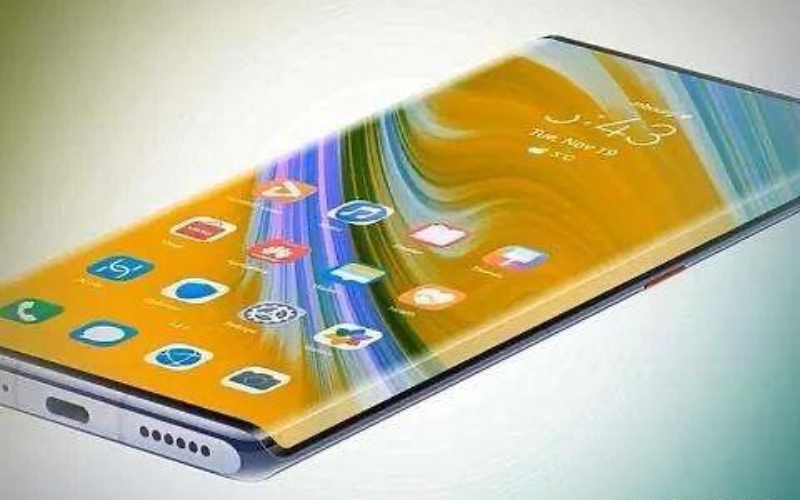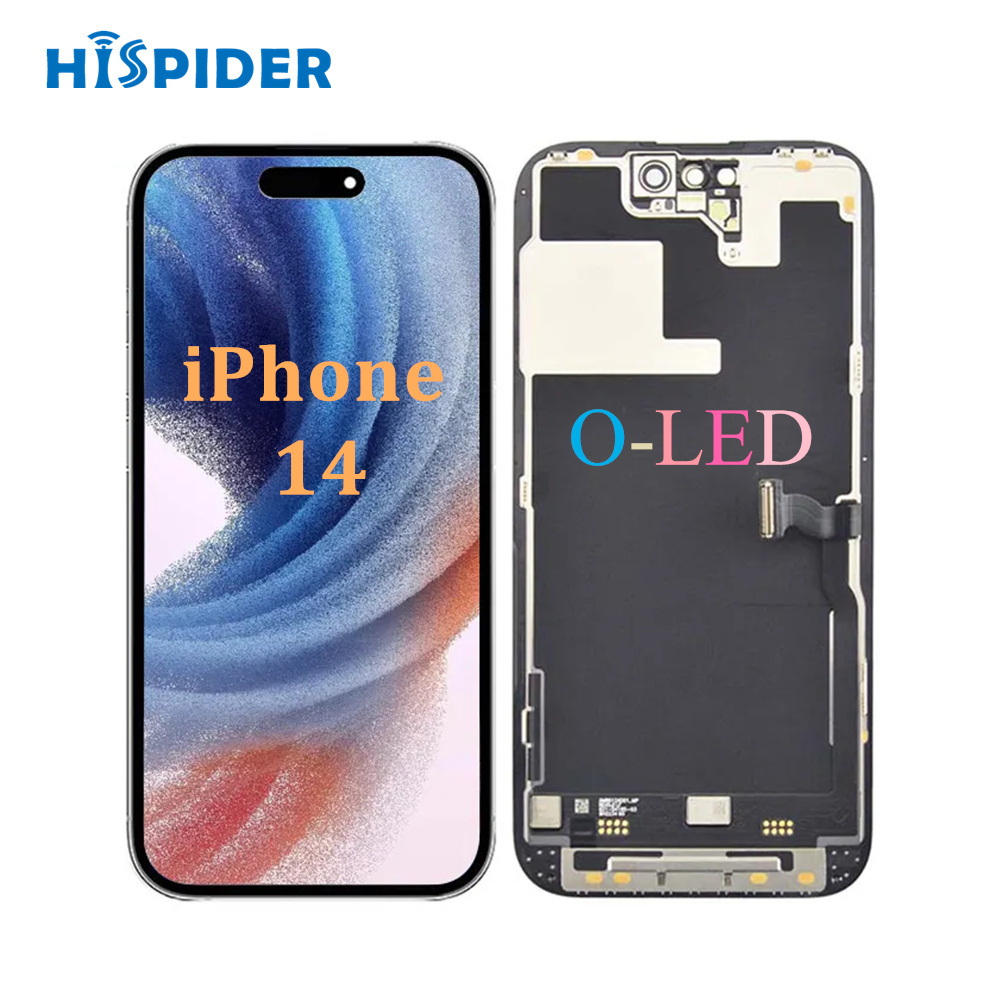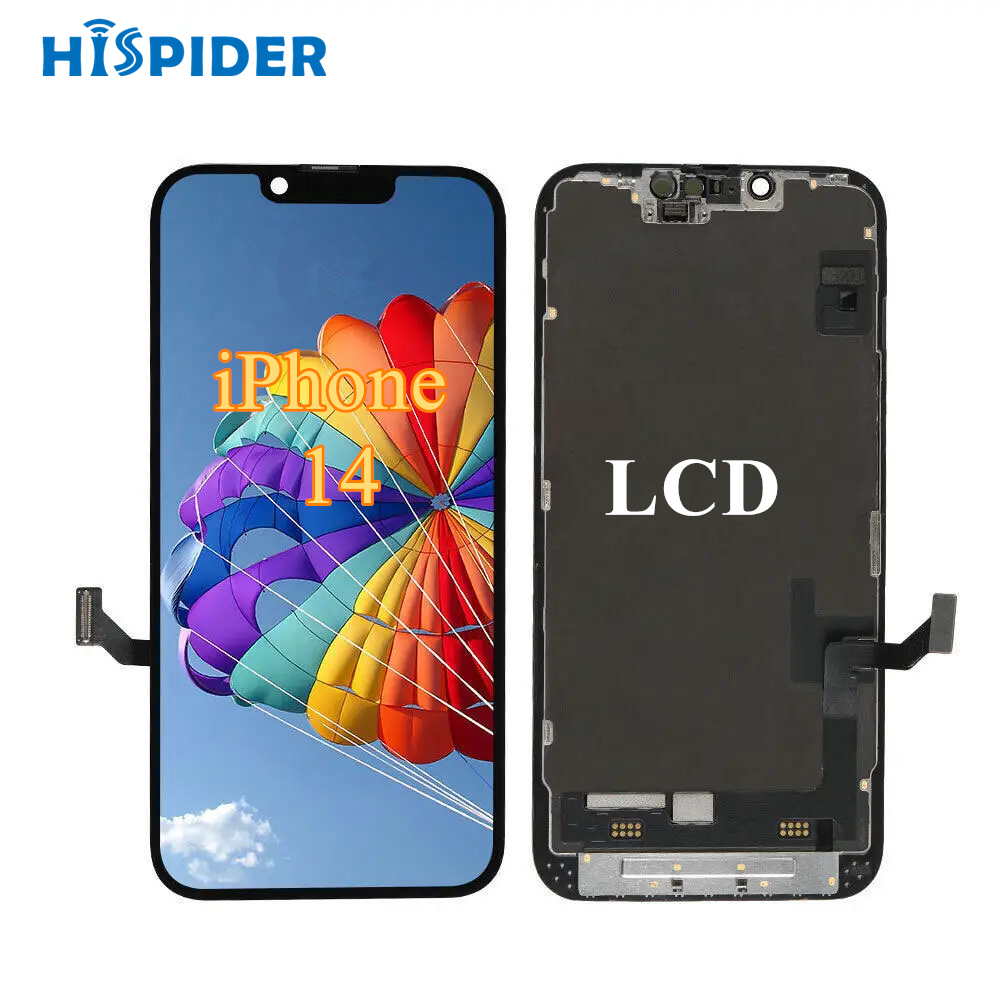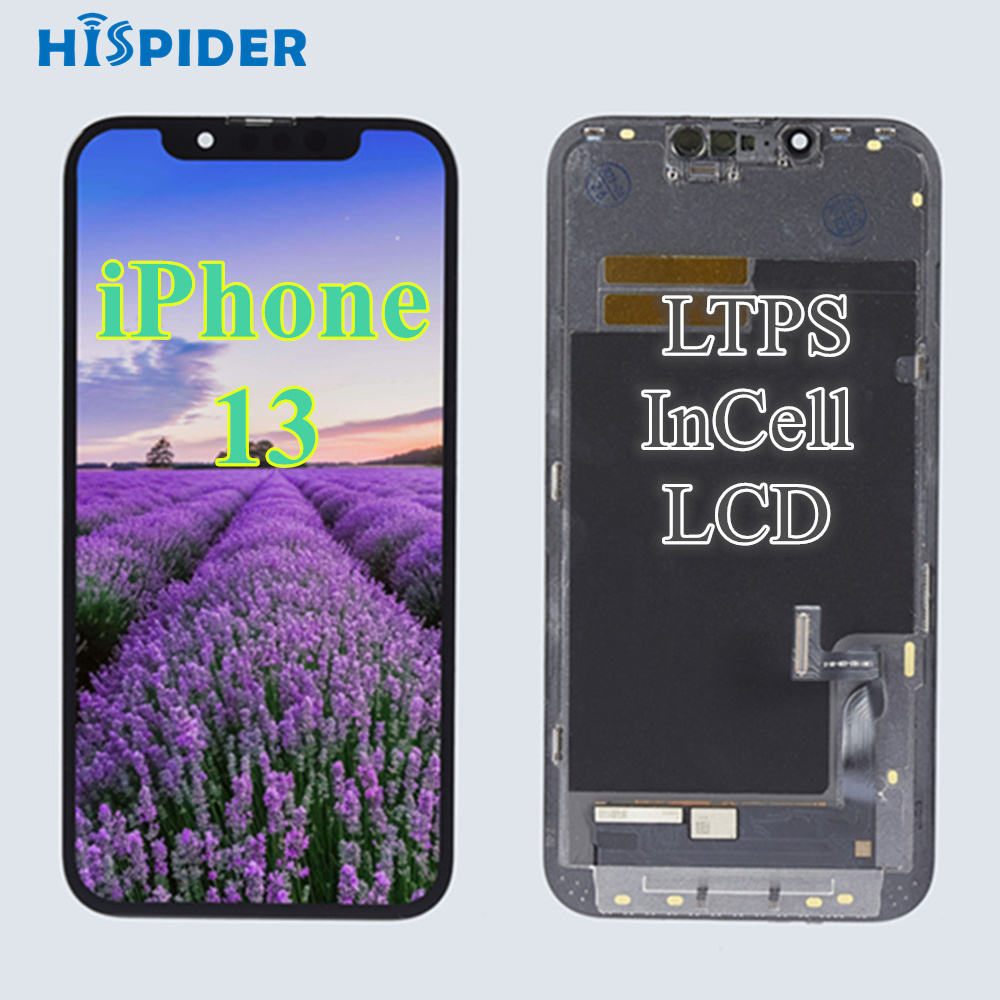Hispider teaches you how to identify the good and bad of the moblie phone screen
The screen is a very important component of the phone, whether it is watching videos, playing games or chatting, which can’t be separated from the screen. The quality of the screen not only affects the user experience, but also affects the health of the user's eyes, which is why brands promote their mobile phone eye care. Hispider is here to explain the principles of mobile phone screens from a professional perspective.
In recent years, OLED material screens have gradually eliminated LCD material screens, and now only some low-end mobile phones are equipped with LCD screens. Compared with LCD screen, OLED screen has many advantages, of course, there are many disadvantages, the following is a brief introduction to the two screens.
Principle of color display
We all know that the three primary colors that make up the color, that is, red, green and blue, can be adjusted to countless colors by adjusting the ratio of the three primary colors, and put on the screen is to display the required color by adjusting the brightness of the three colors of red, green and blue.
Based on red, green and blue to form a display unit, the display unit is called pixel, a screen is composed of countless pixels, when the pixel density is larger, the higher the resolution, the clearer the display. Traditional LCD screen pixel arrangement is RGB arrangement, each pixel contains red, green and blue three seed pixels, as shown below:
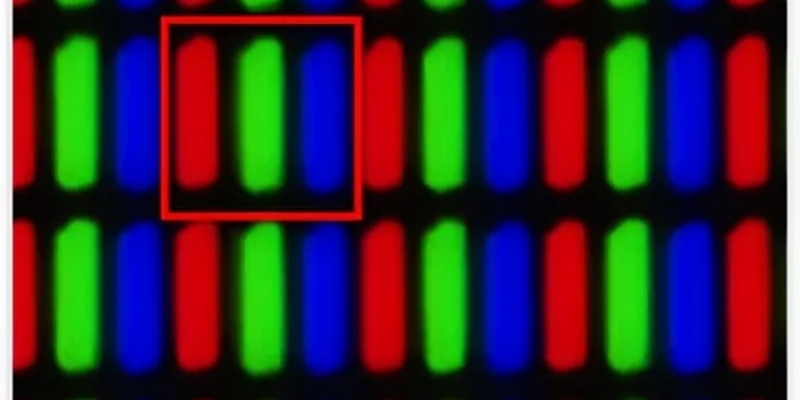
Later, the rapid development of OLED screen, found that continued use of RGB arrangement will appear pixel life imbalance, easy to burn screen and other problems, so changed the pixel arrangement, gradually developed a P row, later continuous optimization, now more famous is Samsung's diamond arrangement and the domestic screen diamond-like arrangement, in the development process in order to bypass Samsung's patent, There have also been bold trials, such as the crazy ridicule of the small yellow duck arrangement.
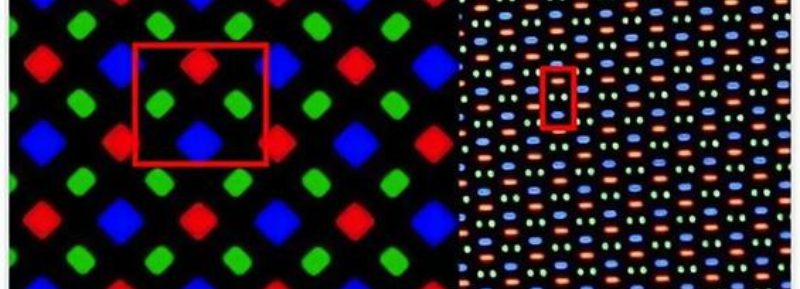
Because of the change in the arrangement of OLED sub-pixels, the number of sub-pixels has been reduced (from one pixel 1R1G1B to two pixels 1R1G2B), resulting in the overall pixel density of only about 81% of the LCD (diamond arrangement), and the yellow duck arrangement is only about 71% of the LCD.
So why is OLED screen now commonly used in high-end machines? This comes to the luminous principle of the two screens.
Principle of screen luminescence
Below is a cross-section of the LCD and OLED screens.

The luminous principle of LCD is that the LED backlight layer at the bottom emits white light, penetrates the Liquid Crystal layer, that is, the liquid crystal layer, and then irradiates to the Color Filter layer, that is, the sub-pixel so that the screen shows white, to show the color it is necessary to adjust the amount of light irradiates to the sub-pixel, which requires the TFT layer to control the voltage. Thus, the amount of light passing through the liquid crystal layer is controlled, and the desired color is finally displayed.
The OLED screen is the sub-pixel direct light, no backlight layer, do not need the liquid crystal layer, as long as the brightness of the light can be controlled.
Advantages and disadvantages of LCD screen
LCD screen has many advantages, such as no stroboscopic, no burning screen, slow aging, high pixel density. At the same time, the LCD screen has many shortcomings, such as thicker than the OLED screen, unable to bend, unable to achieve fingerprint under the screen, high power consumption, low peak brightness, can’t display pure black, light leakage and so on.

Compared with the advantages, the disadvantages of LCD screens are more prominent, which also leads to the use of OLED screens in high-end mobile phones at this stage, and only some low-end mobile phones are still using LCD screens.
Hispider, as a professional manufacturer of cell phone replacement screens, not only keeps pace with the development of cell phone screens to produce the latest OLED screens, but also takes into account the user demand for cost-effective cell phone screens, LED cell phone replacement screens are also continuing to be produced.
The advantages and disadvantages of OLED screens
Compared to LCD screens, OLED screens have too many advantages.
The first is thinner than the LCD screen, and a thinner screen can save more space inside the phone, or make the phone thinner. It's flexible. Because there is no backlight layer, the OLED screen can achieve a large amount of bending, and the folding screen mobile phones on the market are the use of OLED flexible screens, and the external screen can’t be broken.
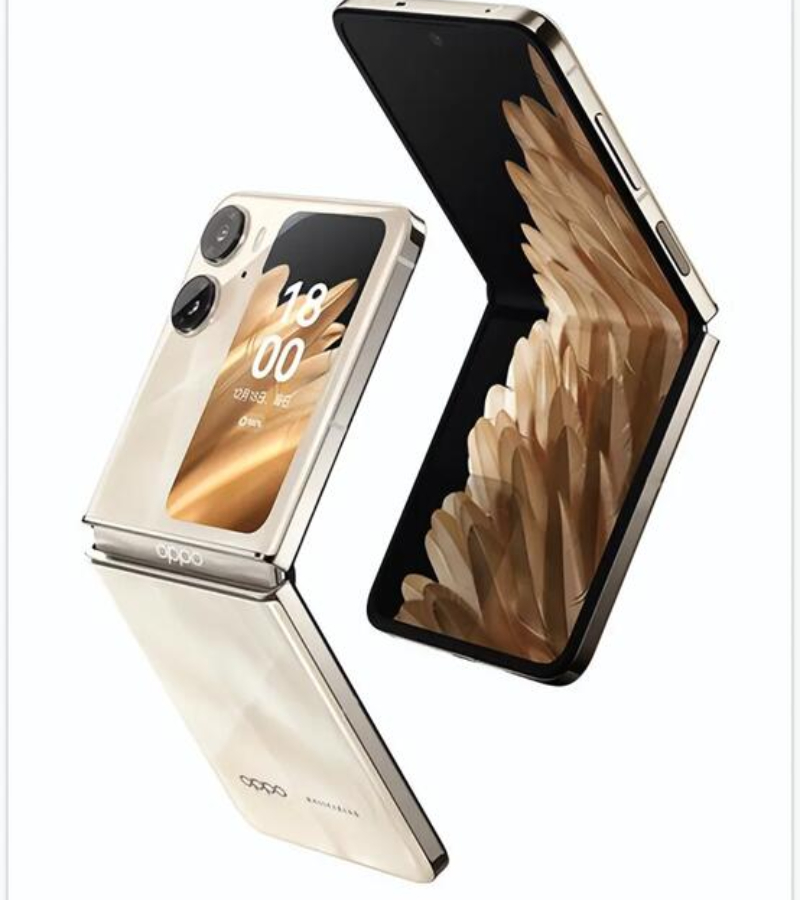
High contrast. This is determined by the luminous principle of the screen, because the LCD can’t display pure black, the contrast ratio naturally can’t be compared with the OLED screen, usually the contrast ratio of the OLED screen can reach 500W:1, while the LCD screen can only reach 1400:1 (iPhone11), the higher contrast display is more transparent.
Lower power consumption. Because each sub-pixel of OLED is controlled separately, it does not emit light when it wants to display black, which does not consume power, while LCD no matter what color is displayed, the backlight layer is always emitting light, which consumes more power.
Thanks to the independent control of each pixel of the OLED screen, it also enables the phone to achieve the display function of the screen, but the display content in the same position for a long time will cause the screen to burn.
The drawbacks of OLED screens are also more obvious, the first is stroboscopic.
Stroboscopic is difficult to avoid, which is related to the luminous mode of the OLED screen, OLED pixels can’t control the brightness by adjusting the voltage, can only be controlled by the switch, the light is on, the light is off, and the brightness adjustment is controlled by the length of the opening and closing in a cycle, an opening and a closing is a cycle. The longer the time on in the cycle, the higher the screen brightness, and the longer the time off, the lower the screen brightness, which is PWM dimming.
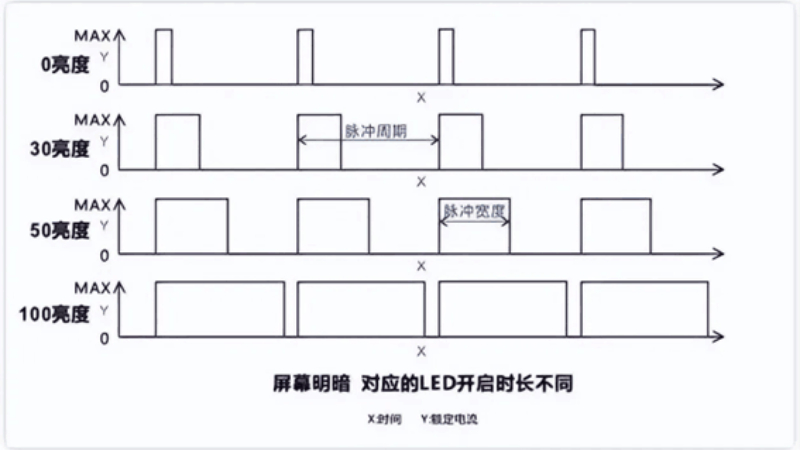
The frequency here is how many cycles there are in 1 second. 1920Hz means that there are 1920 cycles in 1 second. The higher the frequency, the more number of pixel switches per unit time (such as 1 second), the less easy it is for the eyes to distinguish, and the less easy it is to get tired. Some people with more sensitive eyes will feel sore eyes, fatigue, and even dizziness.

In addition to the stroboscopic problem, there is also the problem of burning the screen, this is because OLED is composed of organic molecular film, the life is not as good as LCD, and is better than OLED each pixel self-luminous, which leads to the working time of each pixel is different, the degree of attenuation is also different, after a long time, it will show a mark on the screen, which is burning the screen.
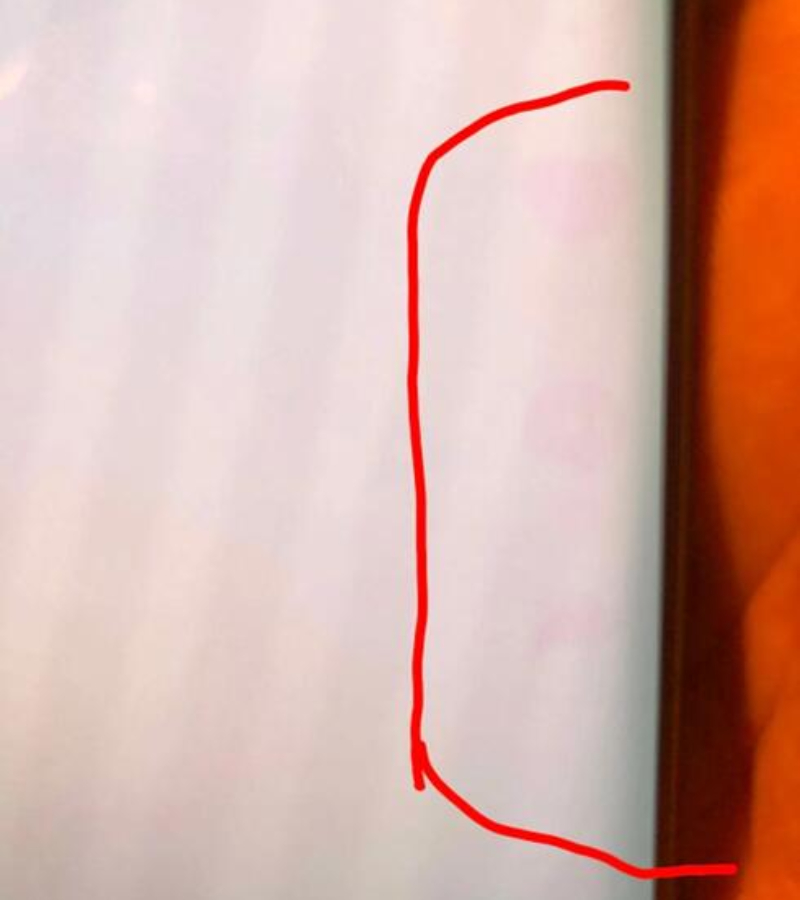
To avoid burning the screen, it is necessary to minimize the screen staying in the same interface for a long time, and try not to open the display screen, so that the aging degree of each pixel should not be too different. Finally, the pixel density of OLED is lower than that of LCD at the same resolution.
When we buy mobile phones, we must not be fooled by manufacturers about the quality of the screen. For example, the screen below is a top screen from the point of view of the parameters, but behind these parameters, you do not know there are a lot of things, the following slowly.
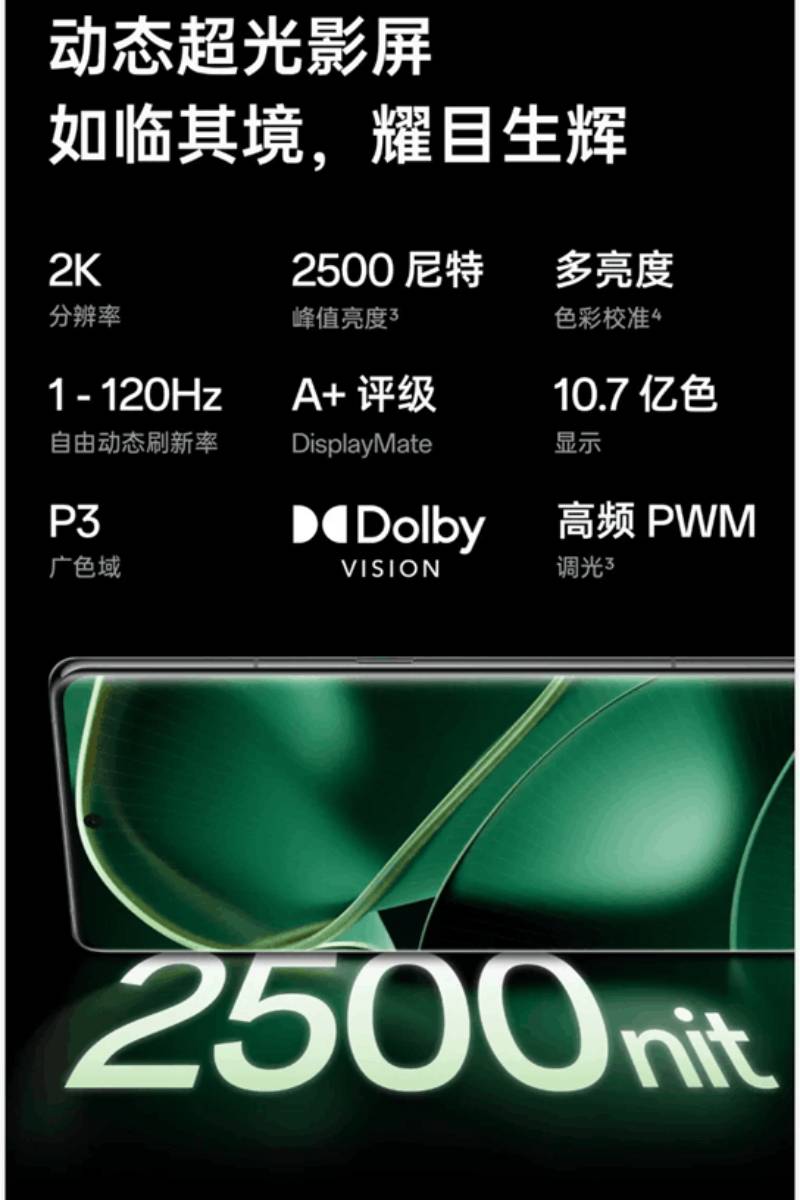
Resolution: Now manufacturers usually advertise their own mobile phone screen resolution is 1.5k, 2k, etc., then what is 1.5k, what is 2k? In view of the current mobile phone screen aspect ratio is mostly around 20:9 (19.8:9, 20.5:9, etc.), Therefore, the traditional height of more than 2000 pixels even 2k is not applicable to the mobile phone screen, on the mobile phone, generally look at the width of the pixel number, 1080 counts 1k, 1440 counts 2k, 1240 counts 1.5k.
In addition to looking at the resolution, but also look at the screen size, such as the same 1.5k resolution, 6.7-inch screen and 6.1-inch screen pixel density is obviously not the same, the fine degree of display is different, so in addition to looking at the resolution, but also look at the pixel density, that is, PPI, the higher the PPI pixel density, the finer the screen display.
The following figure compares the screens of several mobile phones, and the PPI of the iPhone13mini with a resolution of only 1k directly surpasses the 1.5k OnePlus Ace2. The Mi 13 pixel density of the same resolution is higher than the Meizu 20.

In addition to PPI, but also look at the arrangement of the screen, such as the Meizu 20 on the BOE screen, is the yellow duck arrangement, the pixel density of this arrangement is lower than the diamond arrangement density of Samsung, the display precision is of course poor.
Screen brightness: The unit is nit, the higher the value, the higher the brightness.
Screen brightness has many values, including manual maximum brightness, excitation brightness, local peak brightness, etc., of which the manual maximum brightness is the brightness when we manually pull the brightness to the maximum, excitation brightness refers to the overall maximum brightness of the screen that can start in the outdoor strong light environment, and local peak brightness is the local maximum brightness when watching HDR video. It is generally recommended that the maximum brightness of the manual is above 500nit, which can ensure that the screen can be seen in the outdoor strong light.
Refresh rate: We often see brands in the promotion that the screen supports a maximum 144Hz (for example) refresh rate, but it does not say whether the refresh rate is a multi-speed refresh rate or 1-144Hz adaptive refresh rate, and whether the multi-speed refresh rate is adaptive or requires manual locking.
High frequency PWM dimming: manufacturers are promoting high frequency PWM dimming more eye protection, but did not say whether it is high frequency PWM dimming under different brightness. Some mobile phones are high frequency PWM dimming at low brightness, high brightness becomes low frequency PWM dimming, and some mobile phones will become DC dimming at high brightness.
About the degree of eye protection of dimming, DC dimming >Class DC dimming >High frequency PWM dimming >Low frequency PWM dimming. The OLED screen does not support DC dimming due to material reasons, and only supports DC-like dimming.
Therefore, when purchasing, it is recommended to buy a mobile phone that supports high frequency PWM dimming, such as 1920Hz, 2160Hz, etc., and try not to choose the low frequency.
Hispider, as a professional manufacturer of cell phone replacement screens, not only keeps pace with the development of cell phone screens to produce the latest OLED screens, but also takes into account the user demand for cost-effective cell phone screens, LED cell phone replacement screens are also continuing to be produced.

